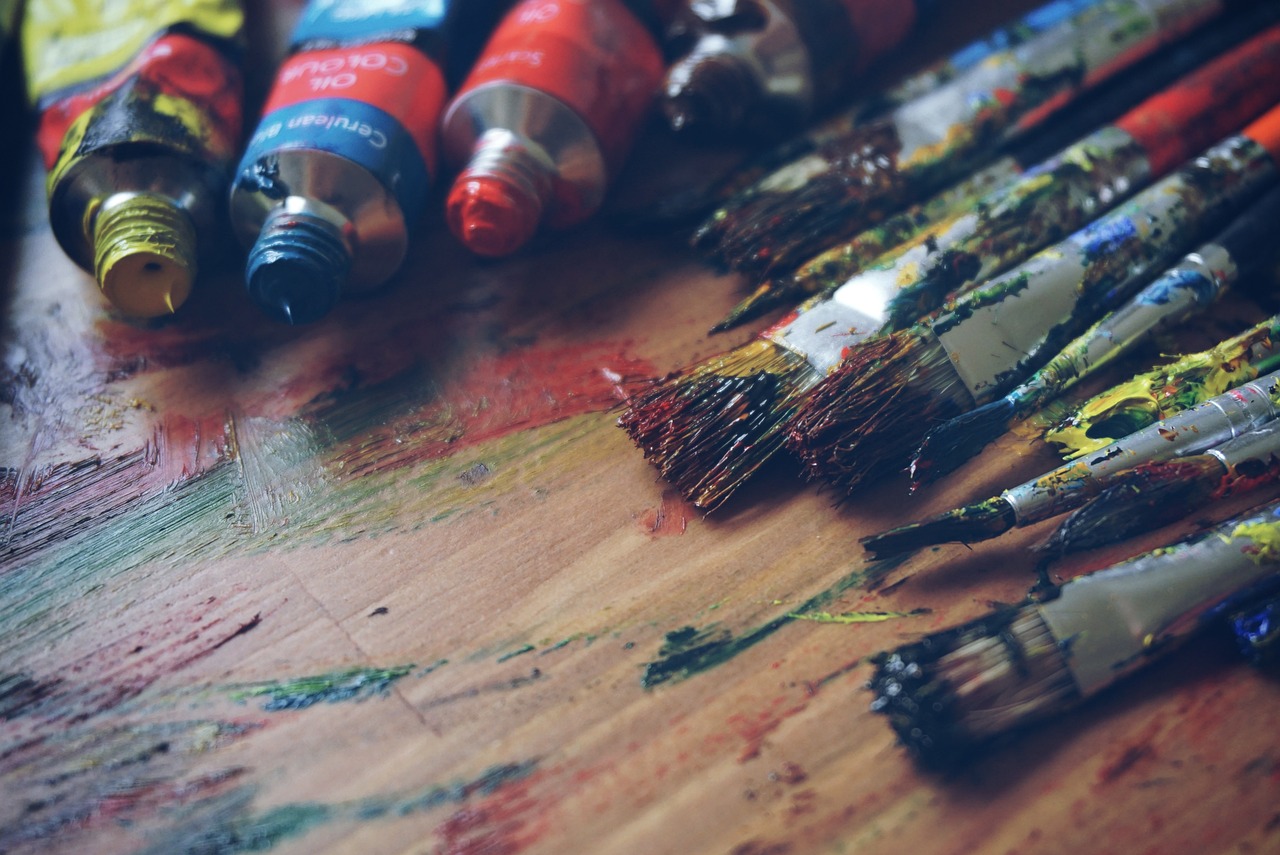How to Make Your Graphic Designs Look More Aesthetic & Professional
In today’s competitive digital landscape, standing out with professional and aesthetically pleasing graphic designs is crucial for businesses, bloggers, and creatives alike. Whether you’re a seasoned designer or just starting out, mastering these techniques can elevate your projects and impress your audience.
1. Start with a Clear Concept
Before you dive into design software, spend time brainstorming and sketching your ideas. A clear concept is the foundation of every great design. As Adobe suggests, understanding your project’s purpose helps to align visual elements with your message.
2. Embrace Minimalism
Less is often more. Minimalistic design not only looks sleek but also enhances readability and user experience. Research by Smashing Magazine highlights how clean, uncluttered designs can boost audience engagement.
3. Use a Cohesive Color Scheme
Colors evoke emotions and set the tone for your design. Choose a color palette that reflects your brand’s personality and remains consistent throughout your work. Tools like Adobe Color or Canva’s Color Palette Generator can be a great starting point.
4. Pay Attention to Typography
Typography is more than just text—it’s an integral part of your design’s aesthetic. Select fonts that are both visually appealing and easy to read. Websites like Google Fonts provide a wide variety of free options that cater to different design moods.
5. Leverage White Space
White space, or negative space, gives your design room to breathe. It helps to highlight key elements and makes your overall layout look clean and balanced. According to design experts at 99designs, proper use of white space can significantly improve the visual appeal of your projects.
6. Invest in Quality Images and Graphics
High-resolution images and well-crafted illustrations can make or break your design. Use stock image sites or create custom graphics using software like Adobe Illustrator. Remember, quality visuals build credibility and trust with your audience.
7. Consistency is Key
Maintain a consistent style across all your designs. This includes using the same color schemes, fonts, and layout structures. Consistency not only reinforces your brand identity but also provides a cohesive user experience.
8. Optimize for Different Devices
With users accessing content on various devices, ensuring that your designs are responsive is a must. Test your designs on multiple screens to make sure they look as professional on a smartphone as they do on a desktop.
9. Gather Feedback and Iterate
Don’t be afraid to seek feedback from peers, clients, or even your online community. Constructive criticism can offer new perspectives and lead to improvements that you might not have noticed on your own.
10. Keep Learning and Evolving
The design world is constantly changing. Stay updated with the latest trends by following industry leaders and blogs. Resources like AIGA and Design Council provide valuable insights into evolving design trends and best practices.
Final Thoughts
Improving the aesthetics and professionalism of your graphic designs doesn’t happen overnight. By following these actionable tips, continually learning from industry experts, and experimenting with new ideas, you’ll soon notice a transformation in your work. Remember, every design is an opportunity to tell a story—make yours both beautiful and impactful.





